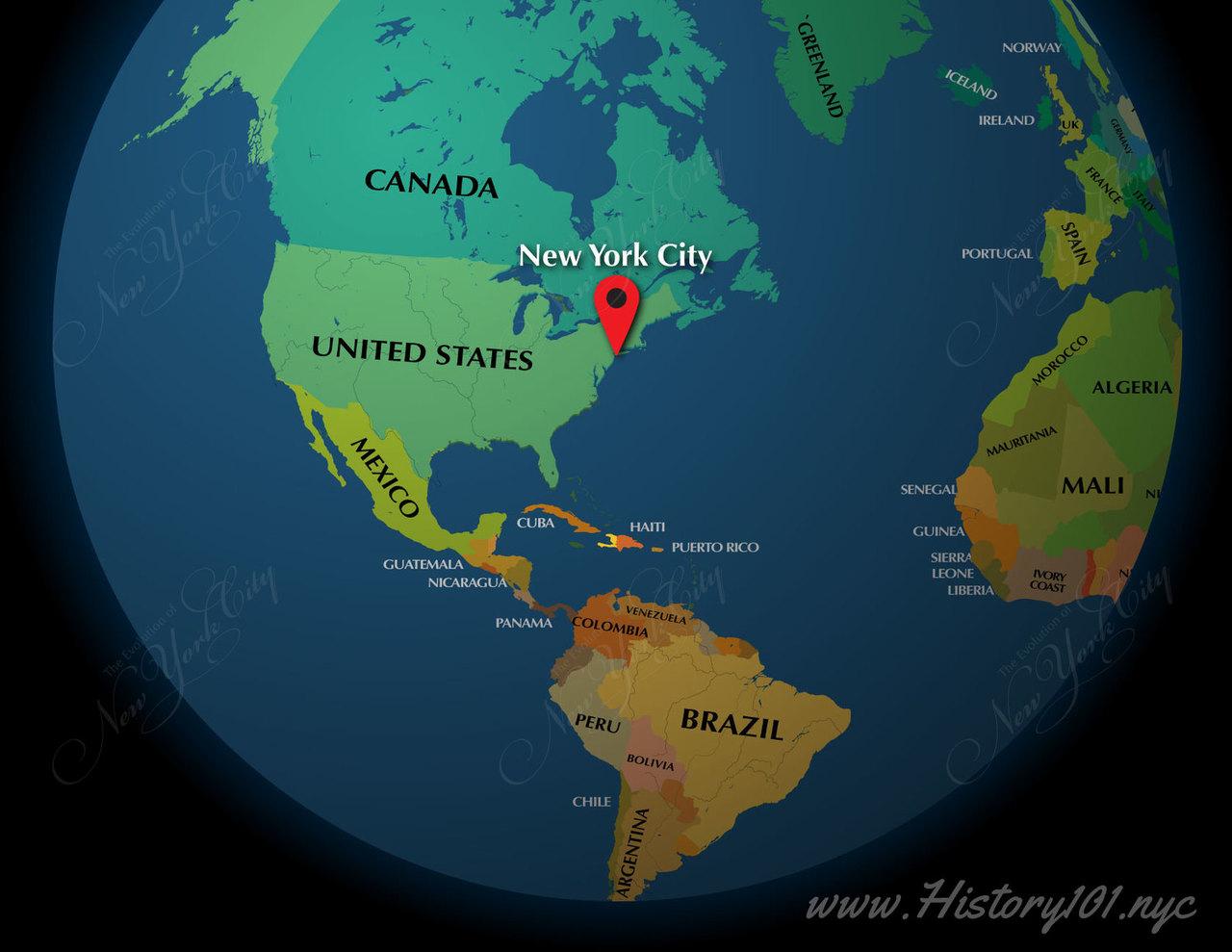250 Million BC: The 1912 Continental Drift Theory: From Pangea to New York City
In 1912, Alfred Wegener, a pioneering German geophysicist, unveiled the Theory of Continental Drift, challenging the conventional geoscientific consensus with his hypothesis of Pangea—a primeval supercontinent translating from Greek as “All Earth.” This revolutionary concept posited that the Earth’s continents, now dispersed, were once a unified mass, which later fragmented and drifted apart to their present positions. The theory was bolstered by striking evidence such as the jigsaw puzzle-like fit of South America and Africa’s coastlines, along with correlating fossils and rock formations across these now-distant continents.
Wegener’s proposal initially faced skepticism and resistance from the scientific community, primarily due to a lack of a plausible mechanism for the continents’ movement. However, his ideas laid the foundational stones for the development of Plate Tectonics Theory in the mid-20th century. This subsequent theory not only vindicated Wegener’s initial insights but also provided a comprehensive understanding of the dynamic movement of Earth’s lithospheric plates, revolutionizing the fields of geology and geophysics by explaining the formation, interaction, and constant evolution of the Earth’s surface.
Understanding plate tectonics has significantly enriched our comprehension of Earth’s geological history and the formation of its landscapes, including the diverse terrain of New York City. By tracing back the origins and movements of the lithospheric plates, scientists can decipher the processes that have shaped the city’s geological structure, offering insights into the natural forces that have influenced its development over millions of years. This perspective allows for a deeper appreciation of the natural history underlying urban environments and their continuing transformation.
The legacy of Alfred Wegener’s Continental Drift theory, through its integration into plate tectonics, continues to illuminate the intricate tapestry of Earth’s geological past, present, and future. It underscores the interconnectedness of our planet’s physical processes and their impact on shaping the world we inhabit today. For New York City, this means recognizing the profound geological forces at play in carving out the city’s iconic landscapes and understanding their role in the broader narrative of Earth’s dynamic history.

